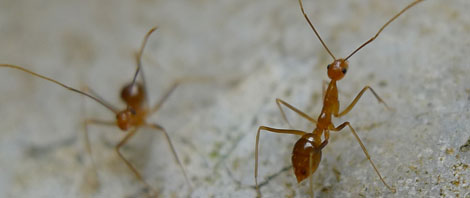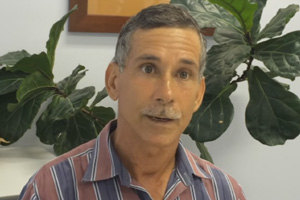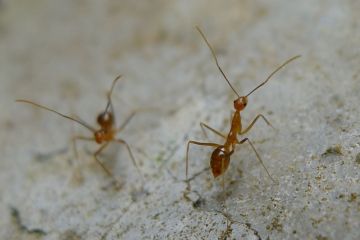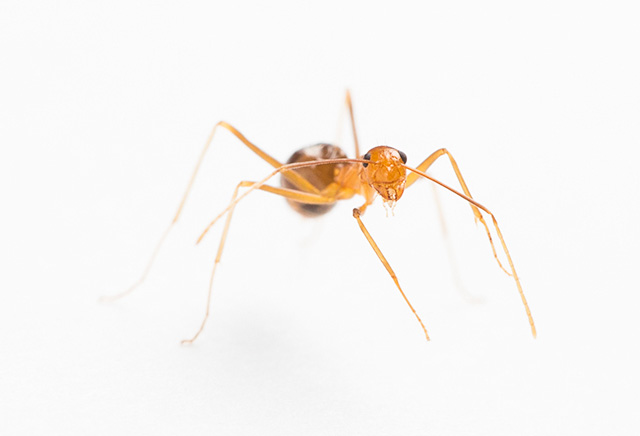
The Invasive Species Council has praised Federal Environment Minister, Greg Hunt, for providing $2 million for a 5-year eradication program of yellow crazy ants after the Queensland Government withdrew funds late in 2012.
This project will have long-term benefits for the Wet Tropics World Heritage Area if the yellow crazy ants are eradicated.
Eradication of yellow crazy ants must be a high priority because of the ants’ potential for causing extreme environmental harm, the knock-on damage for ecotourism, reduced agricultural and horticultural yields and high future costs to government and industry for containment and control programs. The ants are on the World Conservation Union’s list of ‘100 of the World’s Worst Invasive Alien Species’.
The Wet Tropics World Heritage Area is at particular risk because moist lowland tropical forest is preferred habitat for the ants. If the ants become widespread and super-colonies establish, the resulting decline in birds would compromise tourism. Birdwatchers make up a substantial proportion of the ecotourism market in the Wet Tropics. Yellow crazy ants would also impact on horticultural industry. They reduce yields of sugarcane, coffee and coconut crops by nesting at the base of these plants and exposing the roots to disease. By farming sap-sucking bugs, they promote sooty mould disease in fruit trees. They also kill young animals, including chickens and pigs.
Yellow crazy ants are ideal candidates for eradication because infestations do not spread as easily (since the queens cannot fly) and most of the Queensland infestations are small and confined to industrial precincts. The investment in yellow crazy ant eradication would yield high returns because of the future ongoing costs and damage avoided. It would be a sound investment in the future of Queensland’s environment, national parks, tourism and agriculture.
The $2M was provided to the Wet Tropics Management Authority in November 2013 for the eradication of yellow crazy ants from Queensland under the Caring for our Country grants program.




